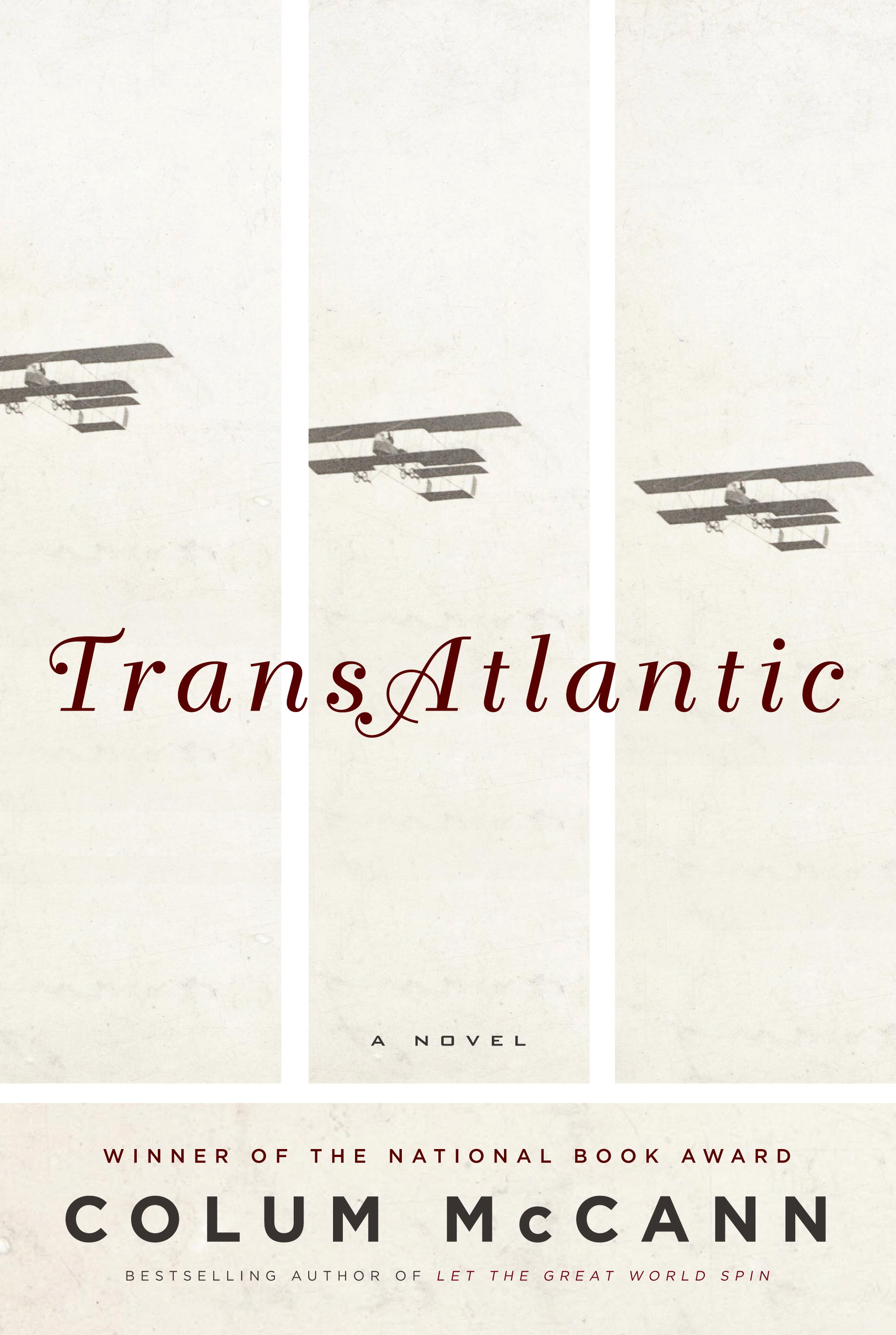From the time we are young, we ask questions about the stories we are told. We want to know, sometimes even demand to know: Is this a true story? What really happened? And if presented with the ambiguous “based on a true story” explanation, we might find ourselves asking: Then which parts of it were real? But are these earnest questions foundational to the way we conceptualize stories, or is this impulse a pesky side effect of the way we are taught to think and categorize narratives?
A reader does not get far into Irreversible Things, Lisa Van Orman Hadley’s debut novel and winner of the 2019 Howling Bird Press Fiction Prize, without raising similar questions. Though labeled as fiction, Van Orman Hadley’s book is clearly something of a hybrid. On the first page in the first paragraph, we learn the narrator of the book is a young girl who shares the same name and family as the writer herself. The child narrator lists the names and nicknames of each family member, illuminating the vivid personalities of this Mormon household, while also dropping clues to the reader about Van Orman Hadley’s writing method. In describing the name Van Orman, the narrator says, “Our family has always claimed it means ‘from the sea,’ but upon investigation, it appears to mean something like ‘home of the eagle.’ We prefer a hybrid of fact and fiction and have decided that it means ‘home of the seagull’.” In an interview with Howling Bird Press, Van Orman Hadley describes Irreversible Things by saying, “Some of my stories are memoir-ish, some are fiction-ish, some are essay-ish, some are prose-poem-ish… What they all have in common, in the end, is that they are stories.” Together, these pieces can stand alone. Stitched together, they form a poignant whole.
But is the ample experimentation justified?
Before long, the voice in my head asking Did this really happen? dissipated and I was tugged along by the hand of this young narrator and all her keen observations. The book, divided into two parts, is narrated largely in present tense, rendering immediacy. Part One chronicles the narrator’s childhood living in Florida and a cross-country move to Utah. Part Two continues to imagine childhood while reaching into adulthood when the narrator attends college in Hawaii, marries, then wrestles with the idea of womanhood, struggles with infertility, and examines her relationship with her own mother. The narrator’s mother is one of the most fascinating characters —complicated, unfailingly generous, yet flawed—and something like a foil to the narrator that adds texture to the whole book. One short chapter called “A Story for My Mother” reads:
Once upon a time, there was a perfect mother. She was beautiful, smart, and kept an immaculate house. She always said the perfect thing at the perfect time. She never made any mistakes.
The only problem with her was that she was incredibly boring and everyone hated her.
The end.
Throughout the book, the narrator navigates the quotidian: losing teeth, moving away from her best friend, a lice check at school, her first period, awkward games of truth or dare, etc. But in no way is this all Van Orman Hadley offers. The narrator also confronts religious discrimination, the murder of a beloved neighbor, deaths of family members, and haunting moments confronting her father’s early onset of Alzheimer’s disease.
But what is this? I asked again, this time from a different angle, when I came across additional experimental forms. These techniques include reverse chronology, a glossary, lists, fill-in-the-blanks that invite the reader’s participation, choose-your-own-adventure instructions, and white space akin to poetry. Fortunately, the result is more than gimmick. This is illustrated in “Artifact,” a chapter with these three lines:
I am the i,
caught between
art and fact.
Here, the narrator makes space to revisit not just the overall approach to the project, but also the playful forms found within the whole. The narrator straddles art and fact. The “i” is lowercase, a nod toward issues of authority when writing about memory. The word “artifact” borrows from the Latin to mean “an object made or modified by human workmanship” or “an excavated object that shows characteristic signs of human workmanship or use.” Van Orman Hadley seems conscious that narrative is made, modified, excavated and distinct from lived experience. However, the word “artifact” in the case of science also means “a spurious result, effect, or finding in a scientific experiment or investigation.” An artifact can be a variable that is not what it purports to be: something false or fake.
Is the blending of genre and form problematic, a “spurious” result, or does the experimentation justify its use? My answer is an emphatic yes, the experimentation is earned. This hybrid approach is integral to the content—Van Orman Hadley’s implicit and explicit interrogation of memory—as well as to the overall structure. Fans of Tim O’Brien’s The Things They Carried, Sandra Cisneros’ The House on Mango Street, and Justin Torres’ We Are the Animals will also appreciate Irreversible Things. But a fair warning: don’t be fooled by the ease of this read or by the sheer joy of following this narrator into adulthood. The heartbreak catches you off guard with such force that you drop even your loudest, most intrusive questions.
But did it really happen?
Shh! I’m trying to read.
By the time I finished Irreversible Things, I found myself less interested in categorizing the book. Instead, I was more invested in the story, in what a story can do.




